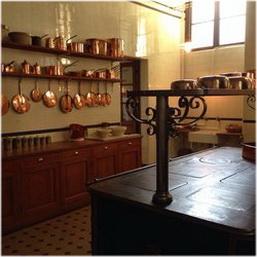Nissim de Camondo Museum, Paris, France
Located in the 8th arrondissement of Paris in the Ile de France, in the Hôtel de Camondo, the Nissim de Camondo Museum, inaugurated in December 1936, was built by René Sergent between 1911 and 1914 on the edge of Parc Monceau. It houses an exceptional collection of 18th century French furniture and works of art in a rich grand bourgeois residence, preserved in the state in which it was inhabited.
History and exhibition
At the request of Count Moïse de Camondo, the mansion was built in 1912 by the architect René Sergent, replacing the old mansion that had belonged to his parents, which had been demolished in 1911 with the exception of the building on the street. The new building was inspired by the Petit Trianon in Versailles. Moïse de Camondo installed his collections here, which he continued to expand until his death on 14 November 1935. As in many other prestigious residences of this period, the garden was designed by the famous landscape architect Achille Duchêne. But in the early 19th century, the Camondos, a Sephardic Jewish family, had founded a bank that became one of the most important in the Ottoman Empire.
They were ennobled in 1867 by Victor Emmanuel II in gratitude for their financial support for the reunification of Italy.
At the end of the Second Empire, the two Camondo brothers, Abraham-Behor and Nissim, left Constantinople (now Istanbul) and settled in Paris where their bank had been established since 1869. Their sons, cousins Isaac and Moïse, became well-informed collectors and well-known personalities in the art world during theThird Republic. In a Paris that had become the European centre of the art trade at the turn of the century, he assembled a unique collection of rare furniture and decorative art objects from the rich heritage of France 's former aristocracy that were then on the market, and a set of antique woodwork to frame them. The First World War broke out and in September 1917 his son Nissim died in an air battle, a 26 year old bachelor.
In 1940, the national museums had all of its contents transported, along with other very important public and private collections, including that of the Rothschilds and the David-Weills, to the Château de Valençay, then inhabited by the Duke of Talleyrand, Prince of Sagan, a repository of works of art which was entrusted to Gérald Van der Kemp, and which almost disappeared in the fire set in the château by the2nd Das Reich division. In 1944, Beatrice de Camondo, daughter of the donor, was deported to the Auschwitz-Birkenau camp. Empty, the Camondo Museum was closed until the end of the war.
A photographic portrait of Nissim de Camondo in military dress still welcomes visitors at the ticket office. The tour begins in the imposing vestibule, at the end of which is a wide ashlar staircase with a superb wrought iron banister copied from that of an 18th-century hotel in Toulouse, the cage of which is decorated with a large "chancellery" woven in the Gobelins. It was in this traditionally sober entrance room that the footmen waited for their masters during receptions.
The smile of a bacchante by Elisabeth Vigée-Lebrun welcomes us, starting with the salons on the first floor in the large study, with its oak-panelled walls covered with Aubusson tapestries depicting the Fables of La Fontaine. Exquisite furniture, cylinder secretaries, tables, chests of drawers or daybeds, stamped by the greatest cabinetmakers of the time, are displayed in the grand salon under the gaze of Madame du Molay byMme Vigée-Lebrun, as well as in the salon des Huet (where Huet's Country Scenes are shown) or in the small study with crimson silk hangings, in which a portrait of Necker is displayed, as well as a bust of L'Été, by Houdon. There are also splendid Rocaille-style bronze sconces and cartels, carpets and screens from the Manufacture de la Savonnerie, and porcelain from Sèvres and Meissen. On the first floor are the family flats and a luminous library with carved oak panelling and shelves filled with books bound in red morocco, some of the plates bearing the Talleyrand coat of arms coming from the Château de Valençay, which served as a refuge for the museum's contents from 1940 to 1945; the room has an unobstructed view of the Parc Monceau.
The comfort side of things can be seen as you descend to the ground floor, which takes you back to the Belle Époque, all about celebrating domestic comfort with the ingenious technical and architectural arrangements necessary to ensure the smooth running of the service and daily comfort: filtered and forced air heating, compressed air lifts, vacuum cleaning system, illuminated cornices, etc.
On the other side, you are in the kitchen, which shows the attention paid by the owner to the pleasures of the mouth. A huge cast-iron rotisserie accompanies the central stove; on the wall, copper utensils gleam with the smell of traditional cooking.
Related articles
What are the closest ski resorts to Paris?

Shopping in Paris: the top shopping centres in Paris
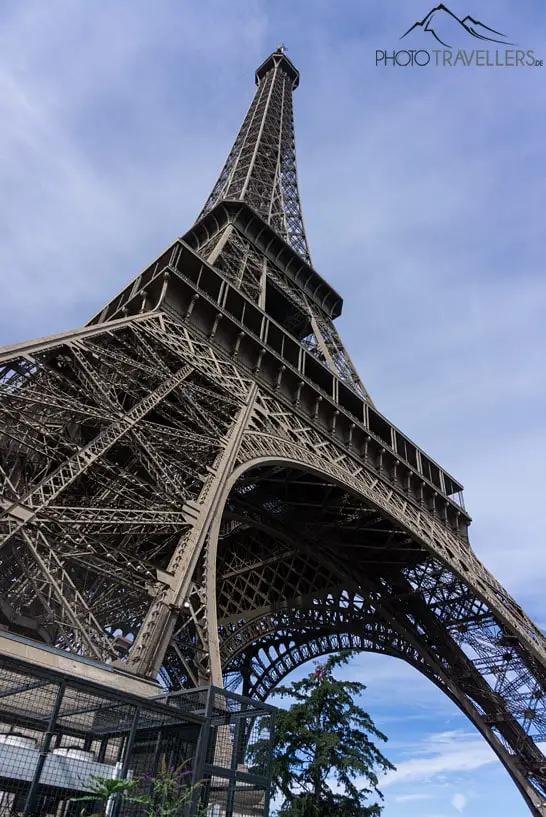
Paris with children - the 20 top highlights for families
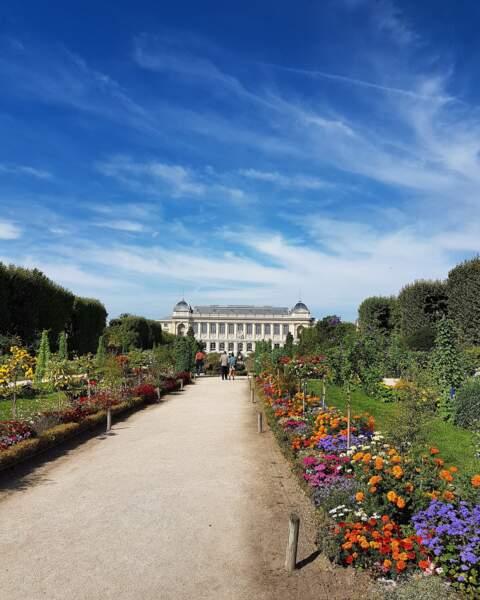
What to do in Paris if you love nature: 10 must-see places
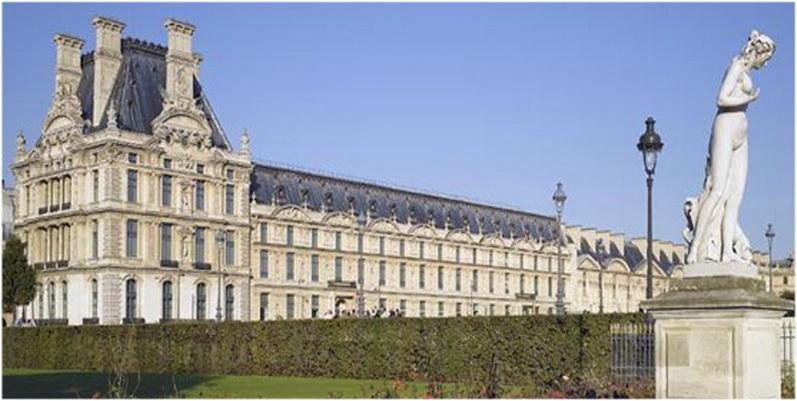
Musée des arts décoratifs, Paris, France
Halal restaurant Paris: the top 42 best places
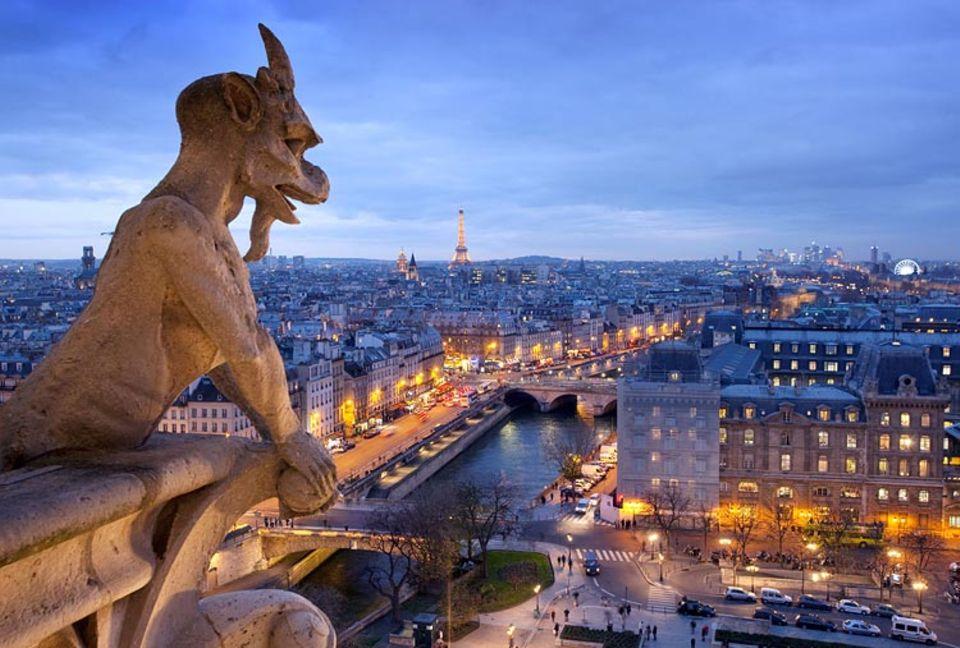
City trip: Paris from above
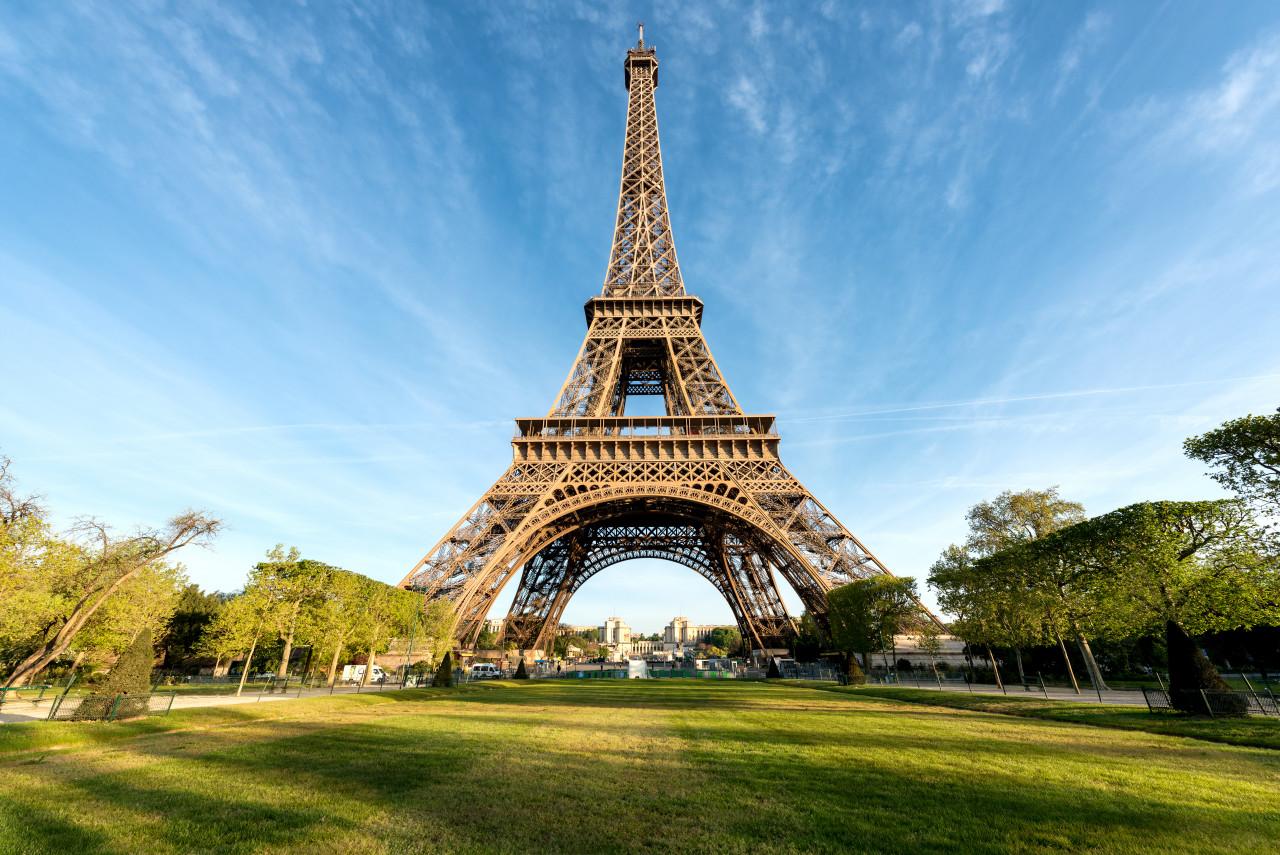
Visit the Eiffel Tower in Paris: timetables, prices and tips

